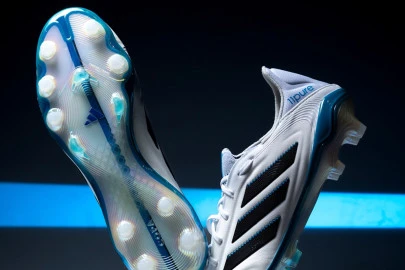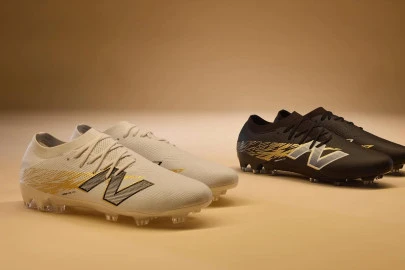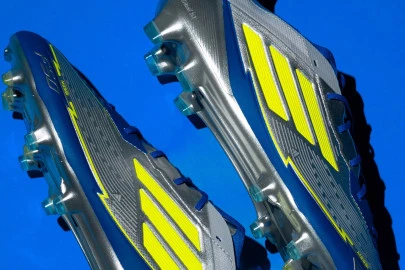Goalkeeper gloves are one of the most fragile elements in sports equipment, as they incorporate natural elements and are likely to suffer more than other elements. The truth is that there are certain functional patches that can help us in an extreme situation, but obviously they will never work as well as a new glove.
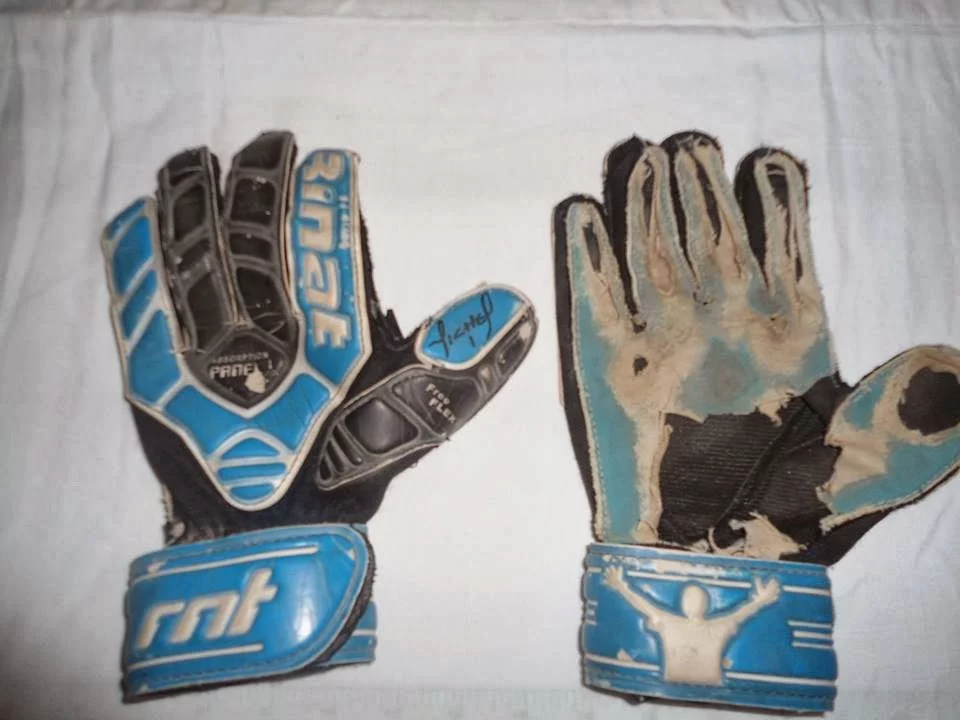
Ripped seams
The first thing we usually see are broken seams, especially in the fingers or in the joints of gloves in the thumb area. We have to point out that with a seam mending it usually works well, but we have to take into account that this usually happens because we have not chosen the correct size of our gloves.
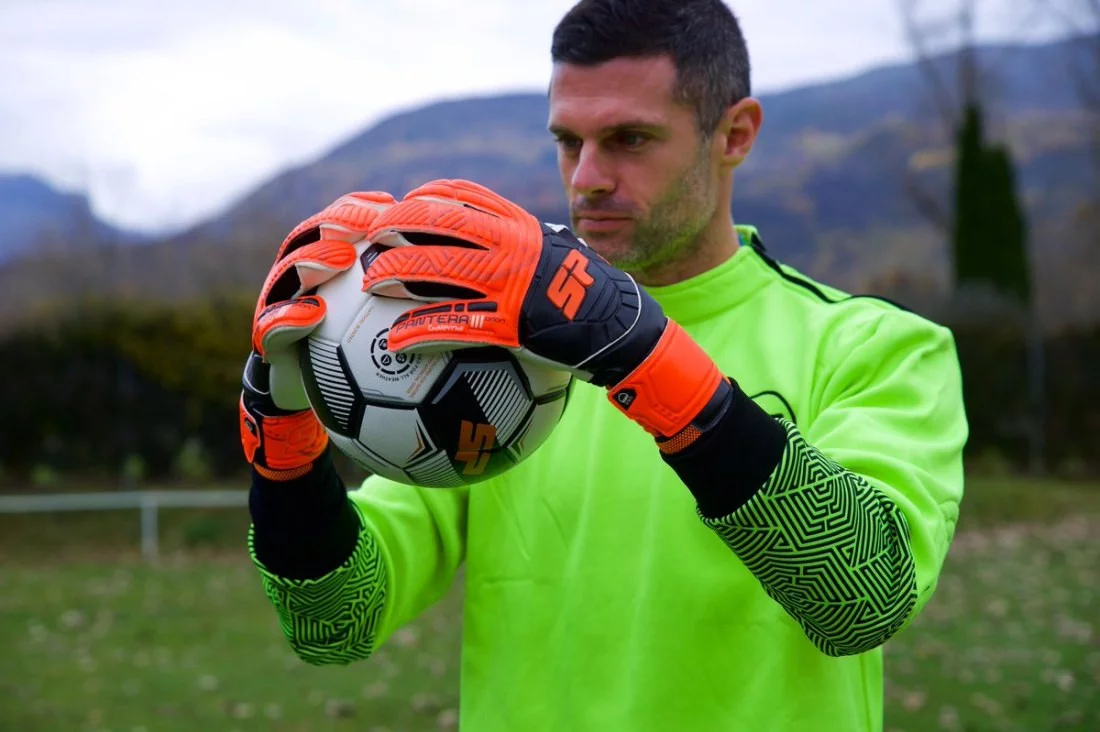
Therefore, we put excessive pressure on the area, and it is likely that after two or three more uses the stitching will come loose again, if not in the same place, then in another. So, for the next pair of gloves, keep in mind that we must choose a suitable size, if you have doubts about your size, we have a specific post on how to figure out my goalkeeper gloves size.
Worn out Velcro
Another detail that sometimes goes unnoticed but that I have seen in many playing fields, is the wear of the velcro strip, specifically the wear of the velcro. Although it is a wear and tear that happens with time and use, the solution sometimes is simply to sew new velcro on both parts of the strip.
The truth is that it usually works and very well, the bad thing about this solution is that it requires a sewing seam, as it is so small and this can be a bit expensive. And a new option to avoid this is the purchase of gloves like the No Goal Zero from SP, which have the strap separately.
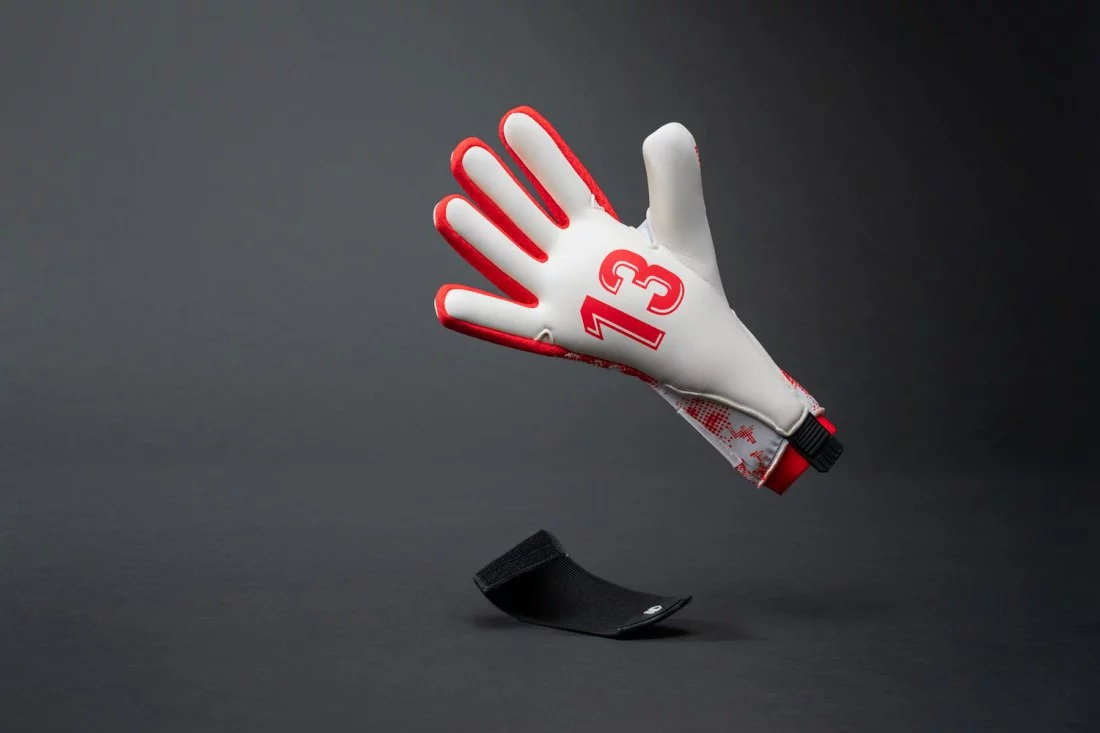
Broken latex and holes
And then we come to perhaps the most common mistake that worries us all, and that is the wear and tear of the latex, and the tearing of the latex. The truth is that I have seen patches with foamy, patches with leather, and patches with another layer of latex, which honestly I have not seen that they work well at all.
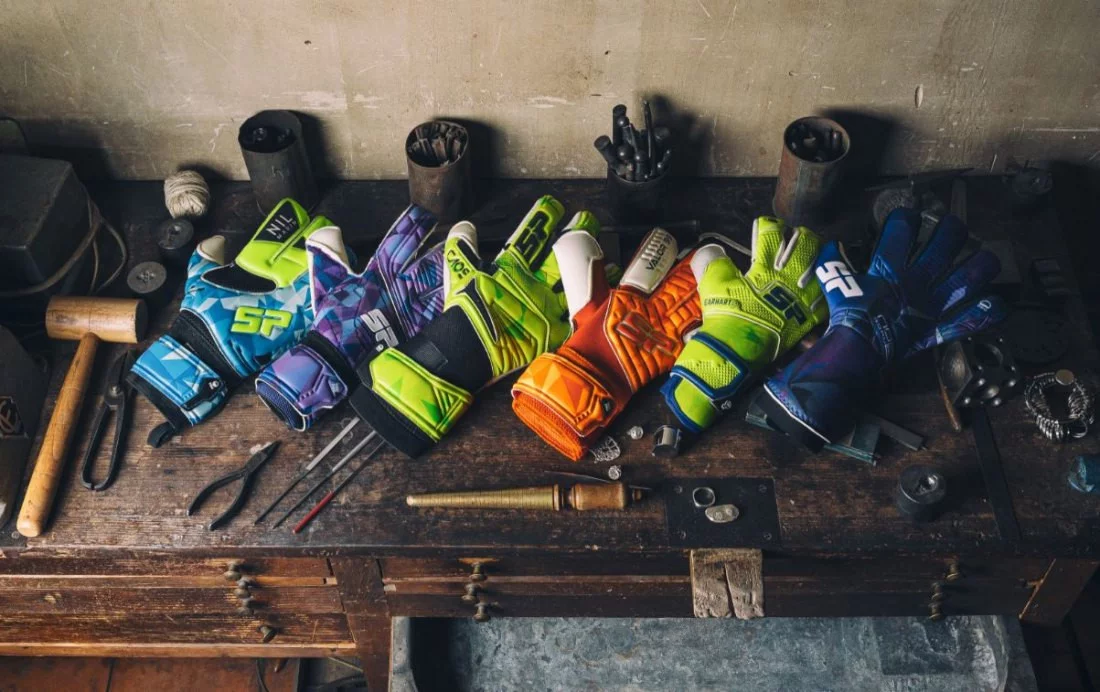
In cases of extreme emergency, with glue and recycling an old palm you can make a patch in the worn area and ‘save’ that game, but I don't see it as a long term solution. This is because, if we use a non-latex material, the grip will not be the same, and in the case of a patch from another old or cheaper palm, the surface is not exactly the same, especially because of the use of glue. So effectively, if we have an emergency we can make a patch with an old palm and at least save that match, but for future matches it might be better to invest in a new glove.
In conclusion, these are 3 small tips to repair our glove, however, and especially the last one, is more for emergencies, since the outlay that we will have to make in glue and in recycling another palm to repair ours, will probably be greater or similar to buying a new glove. So you know, you can do it, and I'm sure it will be useful on some occasions, but if you want your gloves to last and last, do a proper maintenance, clean them and they will last much, much longer. Do you have any repair in your gloves at home that has worked for you?

